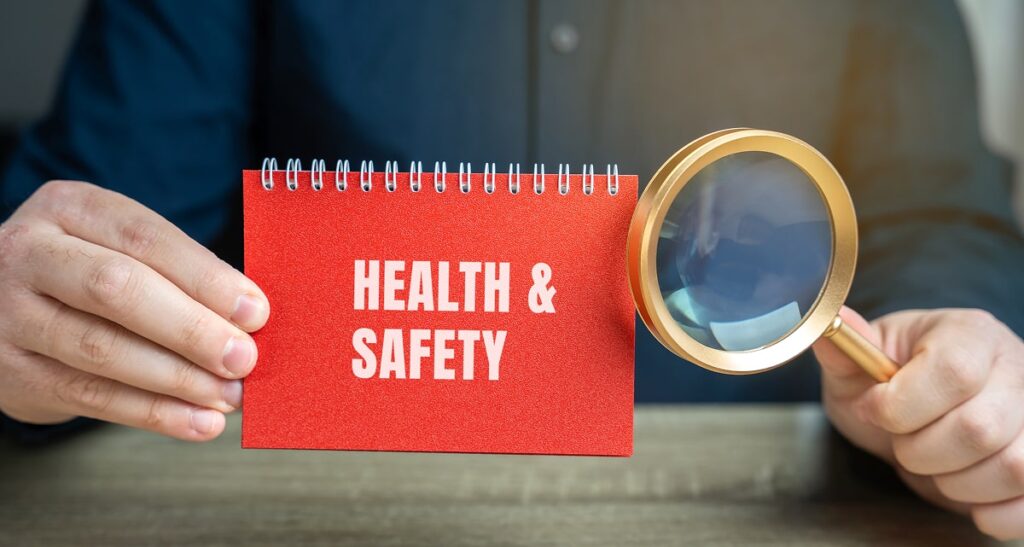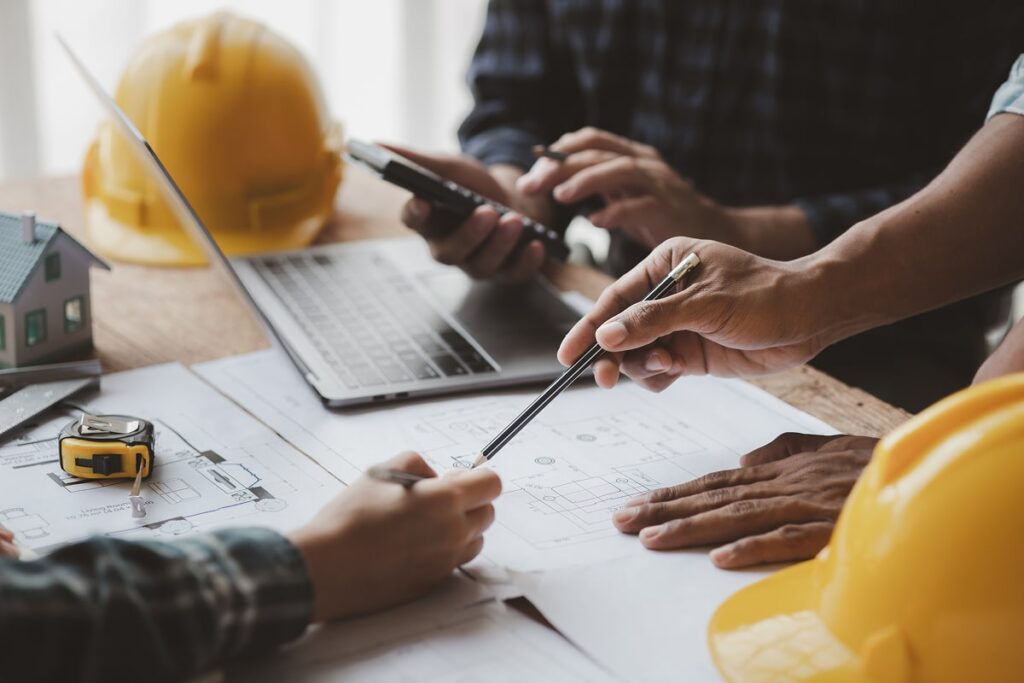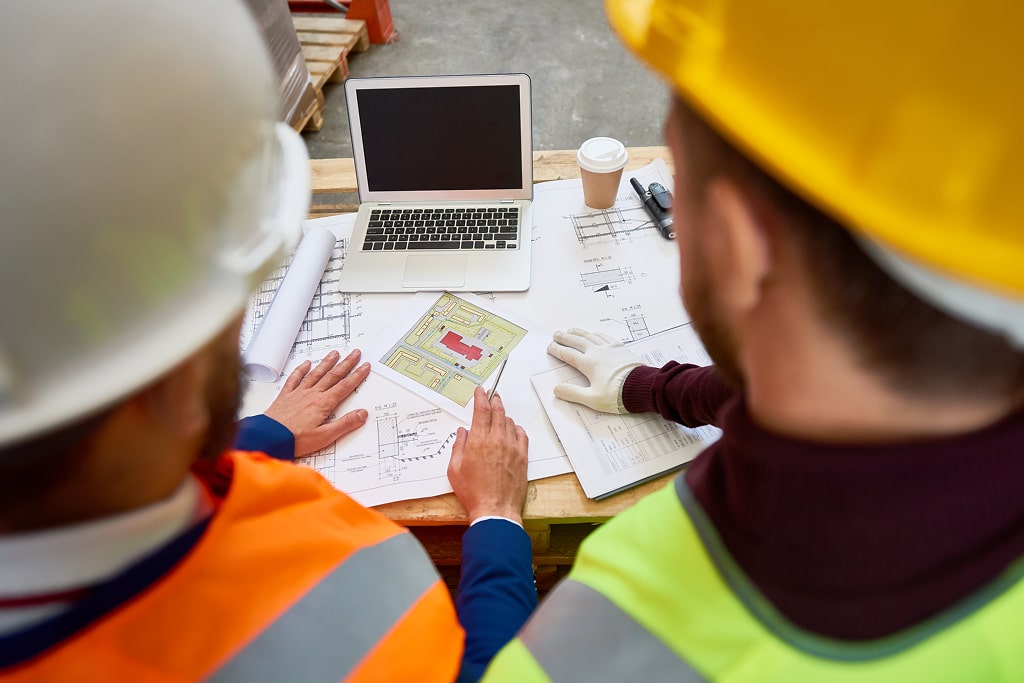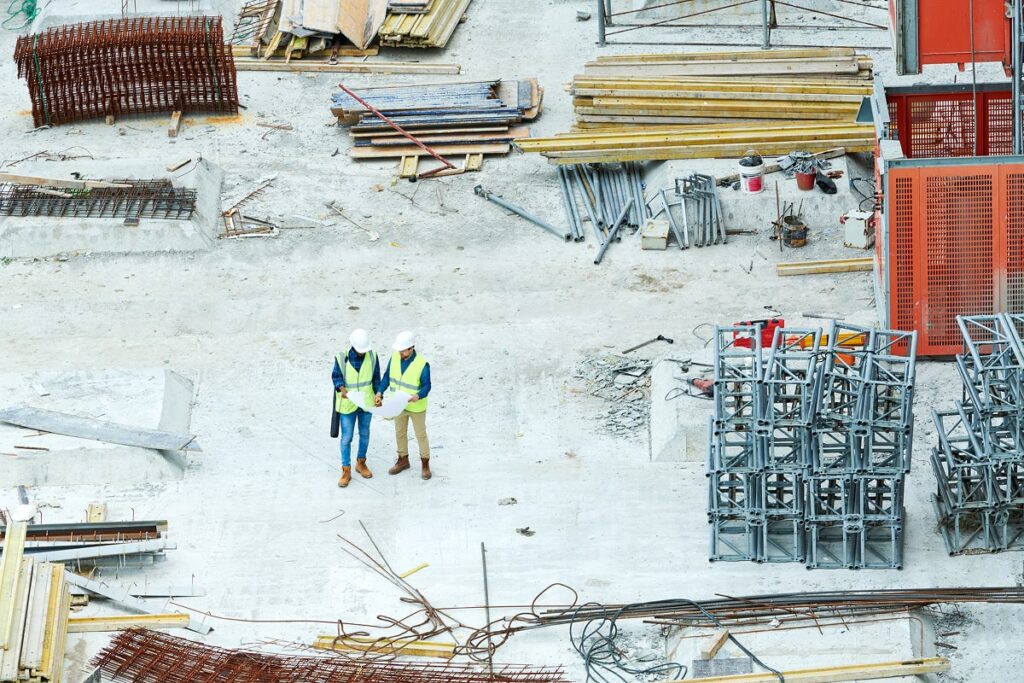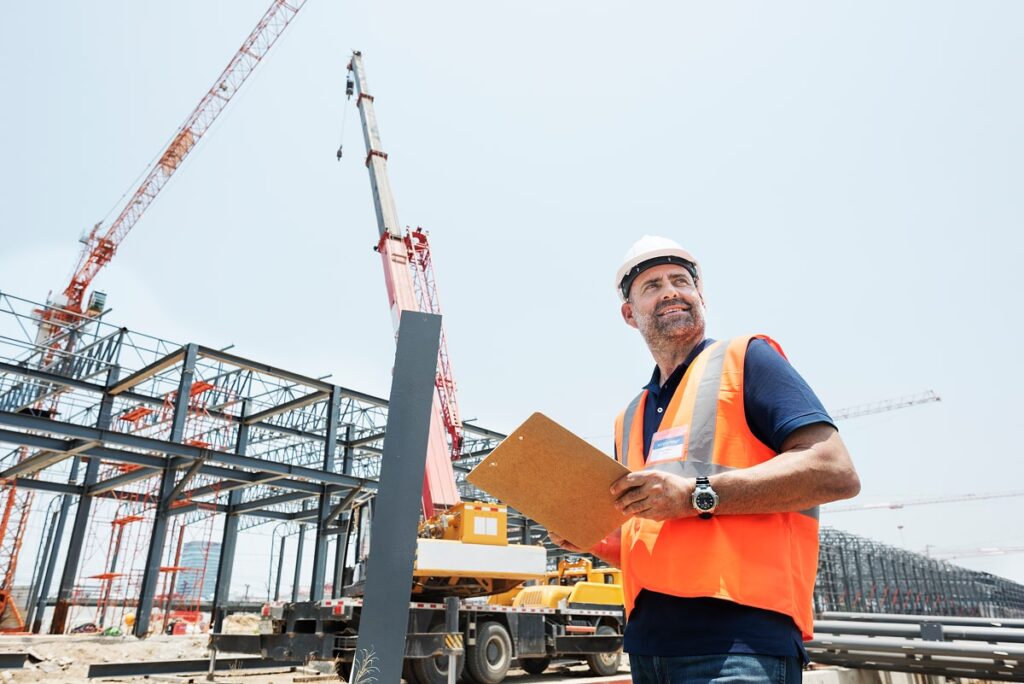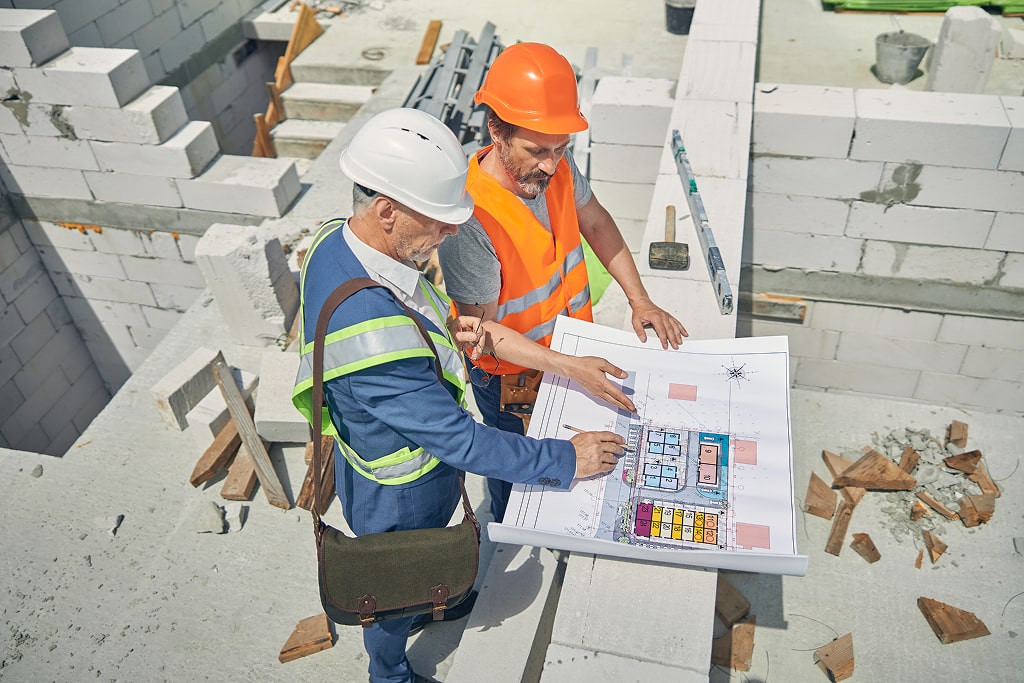Every business in the UK has one thing in common: responsibility.
Whether you’re running a small building firm or managing large-scale developments, your duty to keep workers safe isn’t optional; it’s the law. Yet, every year, many companies still rush through their health and safety planning. The result? Avoidable injuries, fines, and costly project delays.
That’s why health and safety isn’t just a legal checkbox. It’s the foundation of smart project management in construction.
And as 2026 approaches, with stricter regulations and increased accountability on the horizon, it’s time for every business owner to take a closer look at their policies.
The Construction Consultants understand how the right strategy can make the difference between smooth project delivery and disaster.
What Is a Health and Safety Policy (and Why Does It Matter)?
A health and safety policy is a written plan that explains how your business manages risks to people’s health and well-being. According to the Health and Safety Executive (HSE), any UK business with five or more employees is required by law to have one.
But it’s not just about paperwork. A good policy:
- Protects workers and visitors from harm.
- Keeps your company legally compliant.
- Reduces project downtime and costs.
- Improves your company’s reputation and employee morale.
Think of it as your project’s safety blueprint. Just as you wouldn’t start building without architectural plans, you shouldn’t begin work without a clear health and safety policy.
Why Health and Safety Policies Are Crucial in Construction
Construction is one of the UK’s most high-risk industries. Workers face daily exposure to heavy machinery, heights, noise, dust, and unstable materials.
According to HSE’s latest data, over 45 fatal injuries were reported in construction during 2024–2025, with thousands more suffering serious, non-fatal accidents.
These numbers aren’t just statistics; they’re reminders of what’s at stake.
In project management in construction, a strong health and safety policy ensures:
- Every worker understands their role in maintaining safety.
- Supervisors and site managers can identify and control hazards early.
- The business can meet HSE and local authority standards.
And beyond legal obligations, it’s about leadership. Businesses that prioritise safety show professionalism, care, and integrity, values that attract both skilled workers and quality clients.
What Should a Health and Safety Policy Include?

A complete policy typically includes three main sections:
1. Statement of Intent
This is your company’s commitment to protecting the health, safety, and welfare of your team and anyone affected by your work.
2. Responsibilities
Here, you outline who is responsible for what.
For instance:
- The Managing Director may oversee the overall policy.
- The Site Manager may ensure daily safety compliance.
- Employees are expected to follow safety procedures and report hazards.
3. Arrangements
This section details how safety will be managed, everything from training to risk assessments and emergency procedures.
The HSE provides templates and detailed guidance on these components: HSE Health and Safety Policy Guide.
If you want your policy to work in the real world, not just on paper, make sure it’s easy to understand, regularly reviewed, and clearly communicated to everyone on site.
How to Create an Effective Health and Safety Policy for 2026
You don’t need to overcomplicate things. Here’s a straightforward approach:
Step 1: Assess Your Workplace Risks
Start by identifying potential hazards in your workplace. For example:
- Working at heights
- Moving heavy loads
- Electrical hazards
- Exposure to chemicals or dust
Step 2: Plan Control Measures
Once you’ve identified risks, decide how to manage them.
- Provide PPE (personal protective equipment).
- Train staff properly.
- Use barriers or signage around dangerous areas.
- Schedule regular maintenance for tools and machinery.
Step 3: Write Your Policy
Use clear, simple language. Avoid jargon or complicated terms. Remember, your team should be able to read and understand it easily.
Step 4: Share and Train
Even the best policy fails if no one knows it exists. Make sure all staff are aware of safety expectations and trained to follow them.
Step 5: Review Regularly
Policies should evolve with your projects. Review them yearly—or sooner if there’s a major change in operations, laws, or safety procedures.
What Are the Legal Requirements in the UK for 2026?
By 2026, the UK government aims to tighten safety standards across construction and related industries. According to HSE and GOV.UK, companies must:
- Have a written Health and Safety Policy if employing five or more people.
- Conduct risk assessments and maintain written records.
- Display the Health and Safety Law Poster or distribute equivalent leaflets.
- Report certain incidents under RIDDOR (Reporting of Injuries, Diseases and Dangerous Occurrences Regulations).
- Provide appropriate training, PPE, and first-aid facilities.
You can find full legal guidance here: UK Health and Safety Law
Ignoring these rules isn’t worth the risk. Fines for non-compliance can reach hundreds of thousands of pounds, and directors can even face prosecution.
How Does Health and Safety Affect Project Management in Construction?
In every stage of a project, from planning to handover, safety impacts performance. Poor health and safety management leads to:
- Delays: Accidents halt work and trigger investigations.
- Higher Costs: Rework, medical bills, and legal issues add up fast.
- Damaged Reputation: Clients want reliable contractors who deliver safely.
By contrast, companies that build safety into project management in construction achieve smoother workflows, fewer disruptions, and better client satisfaction.
It’s simple: when safety is part of your project strategy, everything runs more efficiently.
Why Small Businesses Often Get It Wrong
Many small construction firms think safety policies are only for big players. That’s a costly mistake. According to HSE’s Small Business Survey (2025), over 60% of small construction businesses admitted they didn’t have a formal written policy.
Common mistakes include:
- Copying generic templates without customising them.
- Not reviewing policies regularly.
- Failing to communicate safety procedures clearly.
- Overlooking subcontractors or temporary workers.
A one-size-fits-all approach doesn’t work. Every business has unique risks, and your policy should reflect that.
How The Construction Consultants Can Help

Creating a policy that meets legal standards and actually works in the field takes experience. That’s where expert guidance makes all the difference.
At The Construction Consultants, our team helps business owners and project managers:
- Conduct detailed risk assessments.
- Develop and review health and safety policies.
- Implement safe systems of work.
- Train teams for compliance and on-site awareness.
Whether you’re managing one site or multiple projects across the UK, the right support ensures you’re covered, legally and operationally. That’s the kind of confidence every construction leader deserves.
What Happens If You Don’t Have a Proper Policy?
Failing to implement or maintain a health and safety policy can lead to:
- Enforcement notices from the HSE.
- Prosecution or personal liability for company directors.
- Increased insurance premiums.
- Loss of contracts, especially with clients who demand compliance proof.
Beyond the legal and financial risks, the moral cost is far greater. No one wants to face the consequences of an avoidable accident.
How to Keep Your Policy Up to Date
The construction industry evolves quickly, so should your safety policy. Here are a few ways to keep it relevant:
- Review the policy every 12 months or after major incidents.
- Update based on new equipment or project types.
- Reflect changes in HSE guidance or building regulations.
- Re-train staff on new procedures.
Remember, safety is a living part of your business, not a one-time task.
What’s Next for Health and Safety in 2026 and Beyond
Emerging trends are reshaping how construction companies approach safety:
- Digital tools: More sites are using real-time monitoring, wearables, and AI-driven reporting systems.
- Sustainability focus: Safety now includes environmental health, such as reducing noise and dust pollution.
- Mental health awareness: Businesses are starting to treat mental well-being as seriously as physical safety.
According to Construction News UK, more firms are embedding safety into every part of project management in construction, ensuring compliance while improving site culture.
It’s not just about preventing harm; it’s about creating workplaces people genuinely want to be part of.
How to Build a Safety Culture That Lasts
A written policy is only step one. True safety comes from culture. To build that culture:
- Lead by example: Management should model safe behaviours.
- Encourage open communication: Workers should feel safe reporting hazards.
- Reward good practices: Recognise teams that uphold safety standards.
- Keep learning: Ongoing training makes everyone more aware and proactive.
Safety culture doesn’t form overnight, but once it’s there, it strengthens every project you deliver.
Secure Health and Safety in Every Project
Health and safety policies might seem like just another compliance task, but they’re much more than that. They’re your roadmap to a safer, smoother, and more profitable operation.
With the right approach to project management in construction, you protect your people, your projects, and your reputation.
At The Construction Consultants, we’ve helped countless UK businesses create robust policies that save time, money, and stress, while ensuring every worker gets home safely.
Because in the end, safety isn’t just about ticking boxes. It’s about running your business with care, confidence, and integrity.

